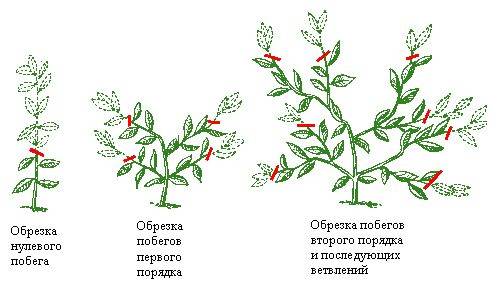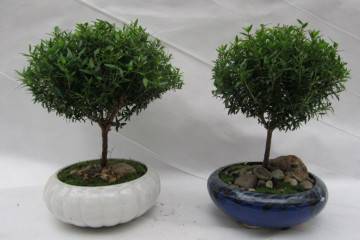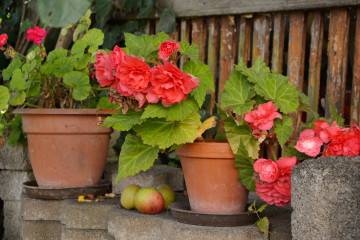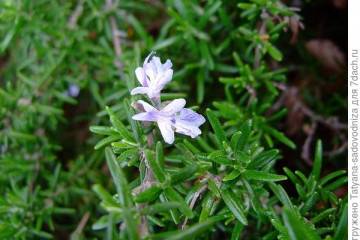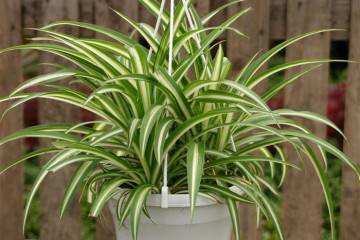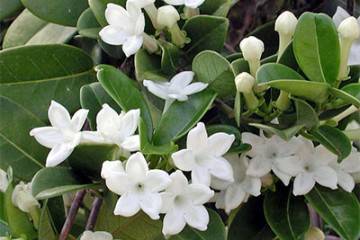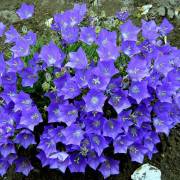Homemade orange tree - Washington Navel orange
Content:
It is quite easy to grow an orange tree at home, it only takes time, a little effort and desire. An evergreen plant perfectly adapts in an apartment or house. Strong, dark green foliage and vibrant orange fruits can beautify the interior of any room.
Common varieties
Orange belongs to the type of citrus fruits of the Rutov family. Orange tree varieties are classified according to the rate of fruit ripening, taste, shape, size and color of the peel and pulp. The most common varieties of oranges are:
- orange Washington Navel;
- Gamlin;
- Salustiana;
- Verna;
- Guided Late;
- Kara-Kara;
- Navelina.
Healing properties
Distinguish the beneficial properties of the orange tree and its fruits separately, although they do not contradict each other, but rather complement.
The tree has a strong trunk, thick bark and abundant crown. The dense leathery leaves are filled with essential oils. Thanks to this, they purify the air in the room, give a subtle delicate aroma. The phytoncides that the tree emits into the environment are capable of destroying pathogenic bacteria and improving sleep. Therefore, growing an orange tree at home is the prevention of colds and viral diseases for the whole family.
The fruits of the plant have a lot of useful substances that are capable not only of preventive measures, but also of the treatment of various diseases. The most important component of an orange is vitamin C, slightly less vitamins of groups A, B, E. Also, the fruit contains minerals, sugars, pectins, essential oils and citric acid.
How an orange settled at home
The first description of orange trees is found in China, dated to about 2500 BC. During the Renaissance, this plant first appeared in Europe and quickly gained popularity. The widespread fashion for this citrus fruit led to the invention of greenhouses - covered, fully or partially glass rooms intended for the cultivation of orange trees.
However, not everyone who wanted to grow oranges had the opportunity to build a building from expensive materials. It was then that they tried to sprout an orange at home. In addition, this method was perfect for residents of northern European countries, for example, England and Sweden. Since then, several varieties of orange trees have been bred, which successfully grow and bear fruit in closed, poorly lit rooms. Also, these varieties are endowed with increased resistance to frost and stress.
Caring for an orange tree at home:
In order for a plant to thrive in conditions that differ from natural conditions, basic rules must be followed. They will allow you to bring the plant as close as possible to its native environment.
Temperature
For the successful development of the orange, as well as the uniform growth of shoots and leaves, it is necessary to maintain a temperature not lower than 16 ° C and not higher than 28 ° C. In order for a home-made orange to bloom, and fruit ovaries to appear, during the growing season, you need to maintain a temperature not exceeding 17 ° C. As a rule, this time occurs in early - mid-spring. In the winter period of dormancy, the plant is comfortable at a temperature of 12-14 ° C.
Lighting
An orange tree needs a lot of light. It is not for nothing that it is called simply "sunny fruit". It would be best to install the pot near a window facing east or west. In this case, the orange will receive the necessary diffused light.
If it is not possible to install the plant on the east or west side, then you can use the south or north window, but observe additional measures. Direct sunlight can cause burns to the tree, so the light must be shaded and diffused. On the north side, on the other hand, additional lighting may be required.
Watering and spraying
Humidity of the air and soil is an important factor in the cultivation of an orange tree. Orange loves the enemy, but in moderation. The overflow of the plant should not be allowed, since the roots in stagnant water can rot or undergo fungal attack. In hot weather, the plant needs watering with settled water once a day. The rest of the time 2-3 times a week as the topsoil dries up.
Priming
The soil for the orange tree can be prepared on its own. Ready-made can be bought at flower or garden stores. To prepare the soil with your own hands, you need to take 1 part of peat, 1 part of river sand and 2 parts of fertile soil. Before planting a plant, the land must be prepared, that is, heat treated. For this, either high or low temperatures are used. Roasting or emergency freezing the soil helps kill bacteria and insect pest larvae.
Top dressing
You need to feed and fertilize the plant at least once every 15-20 days. In order for a room orange to develop better, grow new shoots, form buds and fruits, it must be fertilized with minerals and organic fertilizers. Complex preparations are suitable, for example, phytosporin, rotted plants, ash, sleeping coffee or tea.
Winter care
Keeping the orange tree dormant comes down to reducing watering and placing the plant in a cooler area. In this case, you need to provide the plant with sufficient lighting. It should be remembered that the orange reacts sharply to a change of scenery, therefore, it must be moved carefully, avoiding a strong difference in the conditions of detention.
Bloom
Orange flowers are white or pale pink in color. They have long, narrow petals, in the center, pronounced stamens and a pistil. Bud formation begins in early spring. The flower can last 3-4 weeks in an unopened state. Then it opens for several days and can form a fruit ovary.
In order for the orange tree to bear fruit, then during the growing season you need to take more care of the plant. In addition to timely watering and humidifying the air, the orange needs to be provided with a suitable temperature of 17 ° C and enhanced feeding with nutrients.
Pruning an orange tree
The correct formation of the crown of an orange tree is the key to sweet and juicy fruits in the future. The orange grows quite quickly, they begin to shape the tree from the moment it reaches a height of 0.25 m. Pruning and pinching of the shoots is carried out at the moment when the plant passes from the dormant period to an active growth mode.
When pruning for the first time, only 3-4 side branches should be left. At the next pruning, two shoots are left on each of the branches. They will begin to produce branches that will further bear fruit. In subsequent pruning, it remains to monitor the shape of the tree and update the branches in a timely manner.
The plant begins to bloom no earlier than five years after planting. But no more than five buds should be left on a young plant. A young orange may not have the strength to fully grow more fruits.
Reproduction
An orange tree at home can be propagated:
- germination of seeds;
- rooting cuttings;
- grafting to another citrus plant.
The most common way to breed an orange is by seed sprouting. This method takes less time and requires a minimum of cost. As a planting material, you can take a seed from a ripe orange, rinse it thoroughly, soak it for 24 hours and plant it in the ground. The bone is deepened by about 1 cm, watered abundantly, covered with a transparent cap and installed in a shaded place. After about 3-4 weeks, the first shoots will appear.
Transfer
For proper growth and development, the orange must be transplanted into larger containers annually. The diameter of the pot must be increased by 2-3 cm each time. The optimal time to transplant an orange is early spring. It is at this time that he secretes juice that can strengthen all parts. For the correct transplantation of the plant, so as not to cause harm, it is necessary to carefully move the tree into a new pot together with the earthen lump in which the roots are located.
Possible problems in growing an orange tree
The orange tree is moody enough. At the slightest violation of the comfortable content, the appearance of the crown will change. The orange can shed any buds or leaves that have formed. Also, the leaves may turn pale or begin to dry around the edges. This can be a symptom of either improper watering and excessive sunlight, or a fungal infection. In addition, insect pests can cause irreparable harm to the plant.
You can remove the fungal disease by cutting off the affected parts of the tree and then treating it with a disinfectant solution. Aphids, worms, spider mites and other pests are destroyed with a solution of laundry soap or insecticides. The damaged root system must be treated with enhanced fertilization with mineral and organic substances.
Even beginner growers can grow an orange tree at home. It is enough to follow the instructions and in a few years you will be able to enjoy the sweet, juicy fruits of a tree sprouting with your own hands.




